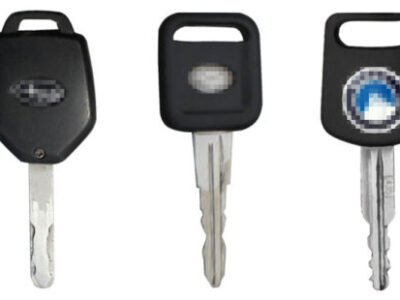
How to Turn Off the VDC Light on a Nissan Xterra: Complete Expert Guide
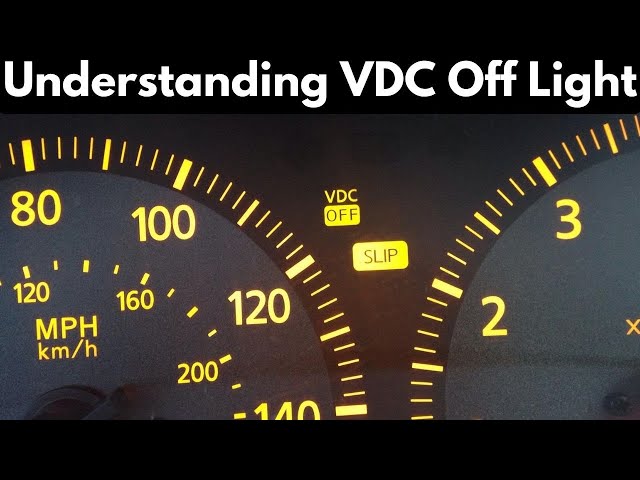
The Vehicle Dynamic Control (VDC) light on your Nissan Xterra is more than just an indicator—it’s your SUV’s way of alerting you to potential stability control issues. Whether it’s a temporary glitch or a sign of a mechanical problem, understanding how to turn off the VDC light properly is key to maintaining both safety and performance.
- 🚗 Understanding the Nissan Xterra VDC System
- ⚠️ What the VDC Light Means
- 🔧 Step-by-Step Guide to Turn Off the VDC Light on a Nissan Xterra
- 🧭 Common Reasons the VDC Light Turns On
- 🧰 Troubleshooting If the VDC Light Stays On
- ⚙️ Precautions Before Attempting a Reset
- 🧩 When to Seek Professional Help
- 🛡️ Preventive Maintenance Tips
- ✅ Key Takeaways
🚗 Understanding the Nissan Xterra VDC System
The VDC system—short for Vehicle Dynamic Control—is Nissan’s version of electronic stability control. It automatically applies brakes and adjusts engine output to help maintain vehicle stability during:
- Sudden steering maneuvers
- Slippery or uneven road conditions
- Oversteering or understeering scenarios
When the VDC light stays on, it indicates the system is either actively working to stabilize the vehicle or has detected a malfunction that prevents it from functioning correctly.
⚠️ What the VDC Light Means
There are two main VDC-related indicators on the dashboard:
- VDC OFF light: You’ve manually disabled the stability control system.
- VDC warning light: The system has encountered a fault and automatically shut off.
If the second light remains illuminated after startup, it’s time to investigate possible causes.
🔧 Step-by-Step Guide to Turn Off the VDC Light on a Nissan Xterra
Follow these steps to safely reset or turn off the VDC light:
You may be interested in reading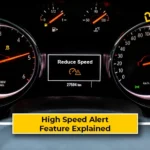 How to Turn Off the Speed Warning on a Nissan Juke: The Complete Guide
How to Turn Off the Speed Warning on a Nissan Juke: The Complete Guide1. Restart the Vehicle
- Turn off your Nissan Xterra completely.
- Wait about 30 seconds.
- Start the engine again.
- Observe if the VDC light turns off after the self-check cycle.
If the light disappears, it was likely a temporary glitch.
- Locate the VDC OFF switch—typically on the dashboard near the steering wheel or lower center console.
- Press and hold it for 5–10 seconds.
- Watch for the light to flicker or turn off.
This reactivates or deactivates the VDC system depending on your previous setting.
3. Perform a Manual Reset (If Applicable)
Some models allow a system reset through the trip reset button:
- Turn the ignition to the “ON” position (engine off).
- Press and hold the trip reset for 10 seconds.
- Wait for the dashboard lights to flash, then release.
This may clear minor software-related triggers.
4. Check for Sensor or System Faults
If the light persists:
- Inspect the ABS fuses and wheel speed sensors.
- Use an OBD-II scanner to retrieve diagnostic trouble codes (DTCs).
- Address any specific fault codes before clearing them.
🧭 Common Reasons the VDC Light Turns On
| Cause | Description | Recommended Fix |
|---|---|---|
| Low tire pressure | Uneven traction confuses the VDC system | Inflate tires to correct PSI |
| Dirty or damaged ABS sensors | Dust or debris can cause signal interruptions | Clean or replace sensors |
| Faulty brake switch | Prevents accurate brake signal transmission | Replace brake switch |
| Loose wiring or connectors | Interrupts sensor communication | Inspect and reconnect |
| Steering angle sensor misalignment | Common after alignment or suspension work | Calibrate or replace sensor |
| ABS module fault | Internal failure in control unit | Professional diagnosis required |
🧰 Troubleshooting If the VDC Light Stays On
If your VDC light won’t turn off after reset, here’s a systematic way to pinpoint the issue:
You may be interested in reading How to Turn Off the Speed Warning on a Nissan Juke: The Complete Guide
How to Turn Off the Speed Warning on a Nissan Juke: The Complete Guide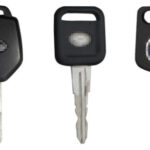 How to Start a Nissan Juke with a Manual Key: A Complete Step-by-Step Guide
How to Start a Nissan Juke with a Manual Key: A Complete Step-by-Step Guide- Check Tire Pressure: Ensure all tires are inflated to factory specs (usually 30–35 PSI).
- Inspect Wheel Speed Sensors: Remove dirt or debris that could block sensor signals.
- Scan for Error Codes: Plug in an OBD-II tool to read codes such as:
- C1142 – Wheel Speed Sensor Error
- C1110 – ABS Control Unit Fault
- C1163 – Steering Angle Sensor Malfunction
- Check Brake Fluid Level: Low levels may disable traction control.
- Disconnect the Battery: Disconnect for 10 minutes to force a full ECU reset.
If the light persists afterward, the issue is likely hardware-related.
⚙️ Precautions Before Attempting a Reset
Before resetting the system:
- Ensure no braking performance issues or strange noises are present.
- Avoid resetting the light if there are multiple dashboard warnings (like ABS or Slip lights).
- Always perform resets on level ground with the parking brake engaged.
Ignoring genuine mechanical faults could compromise vehicle stability and safety.
🧩 When to Seek Professional Help
Consult a certified Nissan technician if:
- The VDC light returns after reset.
- You experience handling instability or pulling during braking.
- The ABS or Slip light illuminates simultaneously.
A mechanic can run advanced diagnostics and perform system calibration or part replacement (such as ABS modules or sensors).
🛡️ Preventive Maintenance Tips
Keeping your VDC system in good health prevents future warning lights:
You may be interested in reading How to Turn Off the Speed Warning on a Nissan Juke: The Complete Guide
How to Turn Off the Speed Warning on a Nissan Juke: The Complete Guide How to Start a Nissan Juke with a Manual Key: A Complete Step-by-Step Guide
How to Start a Nissan Juke with a Manual Key: A Complete Step-by-Step Guide Regular Maintenance Tips to Prevent Fiat 500 Engine Overheating
Regular Maintenance Tips to Prevent Fiat 500 Engine Overheating- Maintain proper tire pressure monthly.
- Replace brake pads and rotors before they wear down completely.
- Clean wheel sensors during brake service.
- Schedule annual stability control diagnostics.
- Avoid disabling the VDC system on public roads.
Regular maintenance keeps the stability system accurate and responsive under all driving conditions.
✅ Key Takeaways
- The VDC light indicates either active stability control or a system malfunction.
- Start with basic resets before assuming major faults.
- Regularly maintain tires, sensors, and brakes to prevent false triggers.
- If persistent, diagnostic scans and professional inspection are essential for accurate repair.
Final Thoughts
We emphasize that the VDC system is vital for your Nissan Xterra’s safety and handling, especially on wet or uneven terrain. By following the steps outlined above—diagnosing, resetting, and maintaining the system—you ensure that your SUV remains stable, responsive, and ready for any road challenge.
If you want to know other articles similar to How to Turn Off the VDC Light on a Nissan Xterra: Complete Expert Guide you can visit the category Tips.
Deja una respuesta

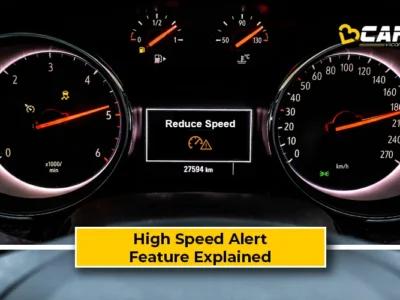
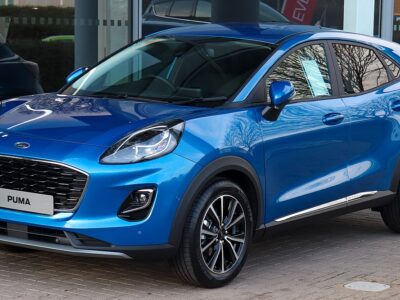
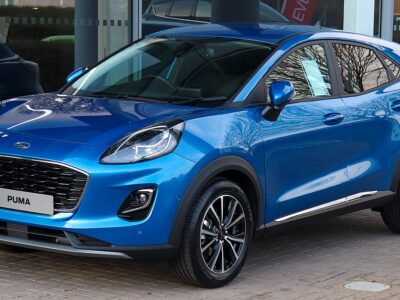
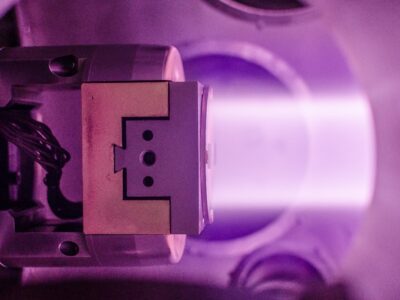
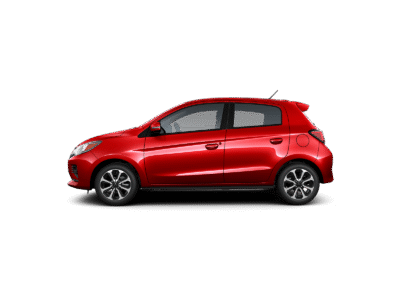
More content of your interest